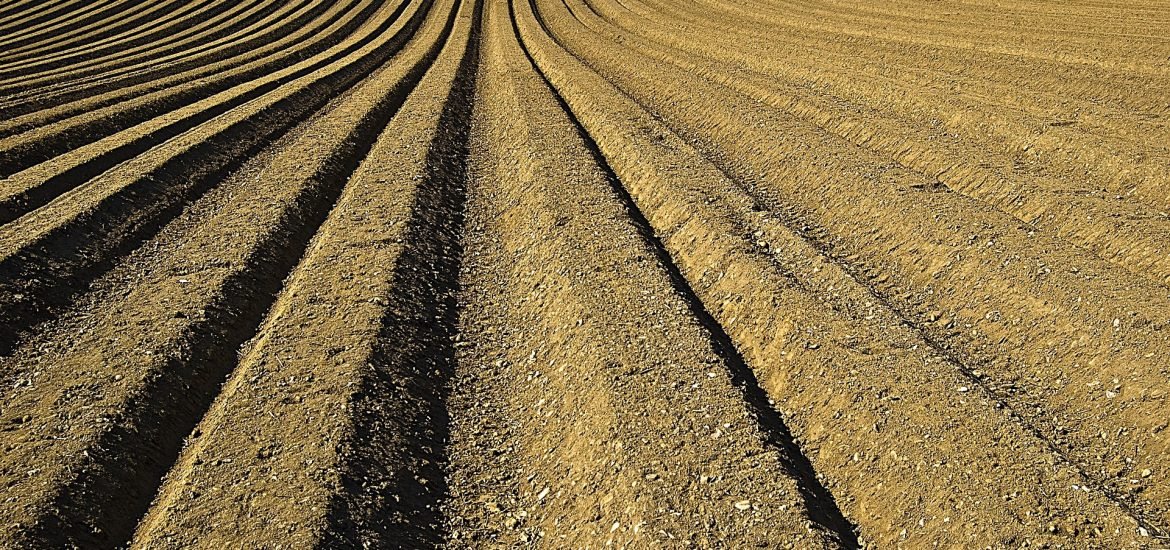
Intense debates are underway in Europe over the European Commission’s plans to limit the amount of cadmium in fertiliser. The planned changes have caused disagreement among farmers, industry and environmental groups, with European Union member states split on the issue.
The Commission and the European Parliament met with member states this week to discuss the proposed regulation. The parties plan to meet again next month and hope to finalise negotiations to pass legislation by the end of June.
In March 2016, the Commission proposed setting an initial limit of 60 milligrams of cadmium per kilogram of phosphorus (mg Cd/kg), then reducing it to 40mg Cd/kg after three years and to 20mg Cd/kg after 12 years.
The European Parliament voted in favour of the proposed limits last October, but suggesting implementing the 60mg Cd/kg limit more slowly. Parliament recommended imposing a 60mg Cd/kg at first, followed by 40mg Cd/kg after six years and 20mg Cd/kg after ten years.
Cadmium is a toxic heavy metal that occurs naturally in fertilisers made from phosphate rock. Fertiliser in Europe currently contains an average of 32 mg Cd/kg, “but the level can be as high as 200 mg Cd/kg, depending on where the phosphate rock is mined” according to Science Magazine.
Low-cadmium fertiliser producers and environmental campaigners have welcomed the new limits, but many farmers and agricultural experts have expressed concerns, saying there is little evidence to support the changes.
“Cadmium exposure is already declining,” Justus Wesseler, an agricultural economist at Wageningen University in the Netherlands told Science. “It seems there is not much evidence we are facing a problem.”
Environmental campaigners, however, say the limits are necessary to keep EU citizens safe.
“Cadmium is a carcinogen that is also linked to osteoporosis, kidney failure, heart disease, and fertility problems,” Emily Macintosh, a communications officer at the European Environmental Bureau, told The Telegraph. “As a bare minimum, EU governments must limit cadmium levels in many of the fertilisers sold in Europe to 20mg/kg.”
Critics say setting a 20-milligram limit would increase the EU’s dependence on Russian imports, which could negatively impact European farmers.
“There is no true scientific evidence backing this approach,” Pekka Pesonen, secretary general of European farm union Copa-Cogeca, told Euractiv. “Naturally, we are concerned about the possible constraints to the suppliers to the EU and consequently, we would face uncompetitive upstream markets from farmers’ perspective.”
The EU currently imports 85% of its phosphate supply, mostly from Morocco, Russia, Algeria, Israel and South Africa. Experts say Russia is the only country that could satisfy European fertiliser demand while also meeting the 20mg Cd/kg limit.
“There’s a very real risk if these limits go ahead, it will give Russia an effective monopoly over the European fertiliser market and greater power over our food supply,” a fertiliser industry source told The Telegraph.
Despite the controversy, the Commission remained firm in its decision.
“Our positions remain unchanged and we look forward to an ambitious deal on phosphate fertilisers,” a spokesman for the EU executive told Euractiv.